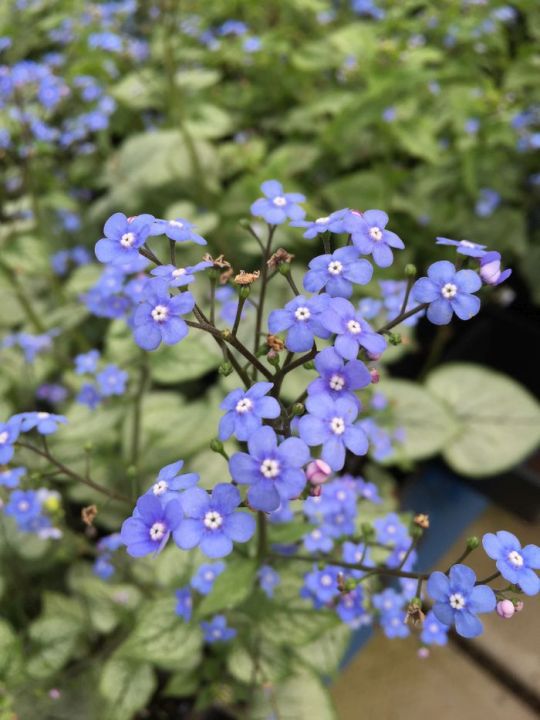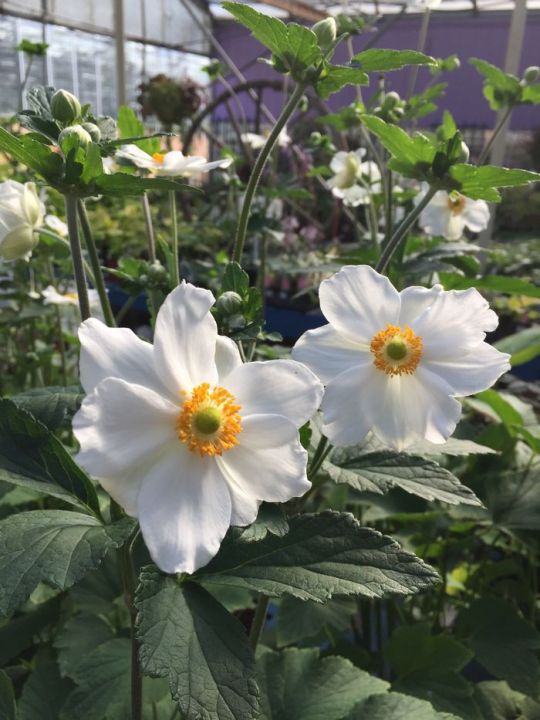#Breeding season of speckled hummingbirds
Explore tagged Tumblr posts
Text
Hummingbird Species, Part 117
Our bird of the day is the speckled hummingbird, Adelomyia melanogenys. Introduction: The natural world never fails to astound us with its breathtaking array of species, each uniquely adapted to its environment. Among the myriad of avian wonders, the speckled hummingbird, scientifically known as Adelomyia melanogenys, stands out as a truly enigmatic and captivating creature. With its dazzling…

View On WordPress
#Adaptations of speckled hummingbirds for survival#Adelomyia melanogenys#Attracting speckled hummingbirds to your garden#Best places to spot speckled hummingbirds#Breeding season of speckled hummingbirds#Conservation efforts for speckled hummingbirds#Cultural significance of speckled hummingbirds in indigenous folklore#Distinctive features of speckled hummingbirds#Endangered status of speckled hummingbird species#Feeding habits of speckled hummingbirds#How speckled hummingbirds communicate#hummingbird feeder made in usa#hummingbird feeders for outdoors#Hummingbirds#hummingbirds of Central America#hummingbirds of Ecuadeor#hummingbirds of Peru#hummingbirds of South America#Identifying male and female speckled hummingbirds"#Interactions between speckled hummingbirds and other bird species#Interesting facts about speckled hummingbirds#Photographing speckled hummingbirds#Protecting the natural habitat of speckled hummingbirds#Research studies on speckled hummingbirds#Speckled hummingbird characteristics#Speckled hummingbird habitat and behavior#Speckled hummingbird migration patterns
2 notes
·
View notes
Text
Brian Minter: New perennials that can add magic to any shade garden

Last week I wrote about some of the trees and shrubs that add quiet charm to shade gardens. There are, however, many new perennials that can add magic to any such garden. I’m a huge fan of year-round beauty, and this is where perennials make such a great contribution.
In coastal areas, evergreen euphorbias, with their unique foliage, are just now coming into bloom. Their vibrant, hot lime flowers will last for weeks. Euphorbia characias Glacier Blue (rated Zone 7) has those much-coveted blue-toned leaves edged in white. Ascot Rainbow is one of the hardiest, and its green, yellow and red-tinged new growth is particularly attractive. One of my favourites is Shorty, a compact, pure-blue-foliaged variety with lime flowers that pop in spring. Euphorbias prefer dappled or lighter shade, and they’re also a great choice for containers.
Evergreen heucheras provide, by far, the widest range of colours. From the hottest limes and the darkest burgundies to beautiful caramels and everything in-between, they’re the colour stars. The more native heucherellas are a little tougher (hardy to Zone 5), and they develop magnificent colour patterns on their foliage. The darlings of containers, heucheras and heucherellas flower in spring with tiny, spiky, white or pink double flowers on long stems, and remarkably, all their foliage changes colour throughout the year, especially when temperatures fluctuate from warm to cool. Also part of this same family, hardy native tiarellas (foamflower) tolerate Zone 4 climates. Current breeding programs are developing beautiful colour patterns on the foliage of new tiarellas. All these plants need well-draining, light soils with a little bark mulch worked in. They don’t perform well in heavy, clay soils.
Folks often forget about using grasses for shady locations, which is a shame because the huge carex family will provide year-round beauty. Some of the most popular varieties have been branded appropriately with the term Evercolor. Growing 18 inches wide and tall, in winter the hot lime foliage of C. Everillo glows like sunshine. Evergold, with its soft yellow and green-edged leaves, is the most well-known variety, and C. Everlite has cream coloured leaves with dark green edges. These grasses are hardy to Zone 5, and like heucheras, are best planted in groupings of three or more. They also make fabulous container plants.
Although not evergreen, Japanese forest grass (hakonechloa) is in a class by itself. It grows 18 inches tall and wide, is hardy to Zones 5 and 6, has a soft flowing habit and performs well in dry shade and even in quite dark situations. Hakonechloa All Gold and H. Aureola add golden colour to lift shady areas. Sunflare, discovered in B.C., has rich golden foliage with burgundy tips.

Columbines have a long history in shade gardens, but they’re also more sun tolerant than most folks realize. The tall, older varieties have been replaced with more compact (14 to 18 inches) options. The Aquilegia Winky series offers exceptional, longer-lasting double, semi-double and single blooms, and the colour range and number of bicolours is outstanding. My other favourite is the Kirigami series. It’s more compact (12 inches), comes in double, single and bicolour upward facing blossoms and blooms far longer. Pollinators are highly attracted to these new varieties.
No old-fashioned English garden would be complete without the magic of foxgloves (digitalis). Today, they too are changing. Growing anywhere from two to three feet, the Dalmation series, an introduction from Kieft Seeds, has won top awards in German trials for their strong habit, long flowering and distinct pure colours. Candy Mountain, with its speckled rosy-pink blossoms, is the first foxglove from seed to have upward-facing flowers. This year there are lots of new varieties.
Bleeding hearts are another old-fashioned charmer that has come a long way. I love the golden foliage of the pink flowering Gold Heart. The new Dicentra spectabilis Valentine, originally bred in B.C., has puffy, pure red, heart-shaped flowers with white dangling tips. King of Hearts is one of the new sun and heat tolerant varieties, but it’s still quite at home in partially shaded areas. Dicentra Luxuriant, D. Fire Island and Dicentra eximia all have beautiful fern-like foliage to enjoy once the flowers have finished. A collection of different varieties makes a wonderful addition to shady or partially sunny locations.

I’ll never forget the late-renowned British gardener Christopher Lloyd coming to our garden and making the statement that he, unequivocally, didn’t like astilbes. Unfortunately, it was June, and we had hundreds of them in bloom throughout the garden. I was quite relieved and delighted when, at the end of the tour, he said, “You’ve changed my mind on astilbes.” Today, with so many varieties, sizes (from ground covers to tall forms) and differing bloom times, astilbes are a must for shady spots, where they will perform longer if they get lots of water. I particularly love the Visions series for its compact growth (15 inches), its Zone 4 hardiness, its light fragrance and its very full, robust clumps of flowers in many colours.
Brunneras are some of today’s hottest shade plants. From the original B. Jack Frost, with its speckled silver and green foliage, and the vibrant silver of B. Silver Heart, many new introductions continue to impress. Last year’s new introductions (both hardy to Zone 3), B. Jack of Diamonds and Queen of Hearts, with their enormous, impressive leaves, have really changed the game. These dry shade jewels, with their early flowering, blue, forget-me-not type flowers and silver leaves, add vibrancy to shade gardens.
Our grandmothers had old-fashioned pulmonarias in their gardens that had speckled green and silver leaves and bloomed early with pink and blue flowers. Unfortunately, they were susceptible to mildew. New varieties, like P. Majeste, Pretty in Pink and Mrs. Moon, are mildew resistant, hardy to Zone 3 and keep their impressive foliage all summer.
Another forgotten favourite is barrenwort or epimedium. One of the best collections I’ve seen is at Van Dusen Gardens where it’s used as an underplanting to accent many of their shade-loving shrubs. Hardy to Zone 5, they have tiny, starlike flowers in pink, red, white and yellow, and beautiful foliage that turns a lovely bronze later in the season.
If it’s a showpiece you need, the larger ligularias, with their huge leaves in green or burgundy and striking yellow flower spikes or clusters, are ideal candidates. Hardy to Zone 3, they make a spectacular wow display.
One of the shining beacons of colour in any shade garden is the 2020 Plant of the Year: Aralia cordata Sun King. Growing up to three feet and hardy to Zone 3, Sun King is a huge, tropical-looking, golden foliaged wonder that lights up any shady corner.
As we move into late summer and fall, we tend to lose a lot of the colour in our gardens. That is when Japanese anemones play such a key role. Hardy to Zone 4 and coming in shades of pink and white, they begin to flower in August and continue well into frost with massive displays of colour. The older varieties grow three to four feet tall and are still one of the best garden plants. More compact varieties are available, but the larger varieties carry the day. Pure white A. Honorine Jobert is my favourite.
This is just a partial list of the many stunning perennials that will light up any shade garden. The old concept that shade can be challenging is dispelled by these and many other magnificent shade-loving perennials. All the pollinators, butterflies and hummingbirds will be grateful if you can add these special plants to your shade garden.
Brian Minter: New perennials that can add magic to any shade garden published first on https://weedkillerguide.tumblr.com/
0 notes